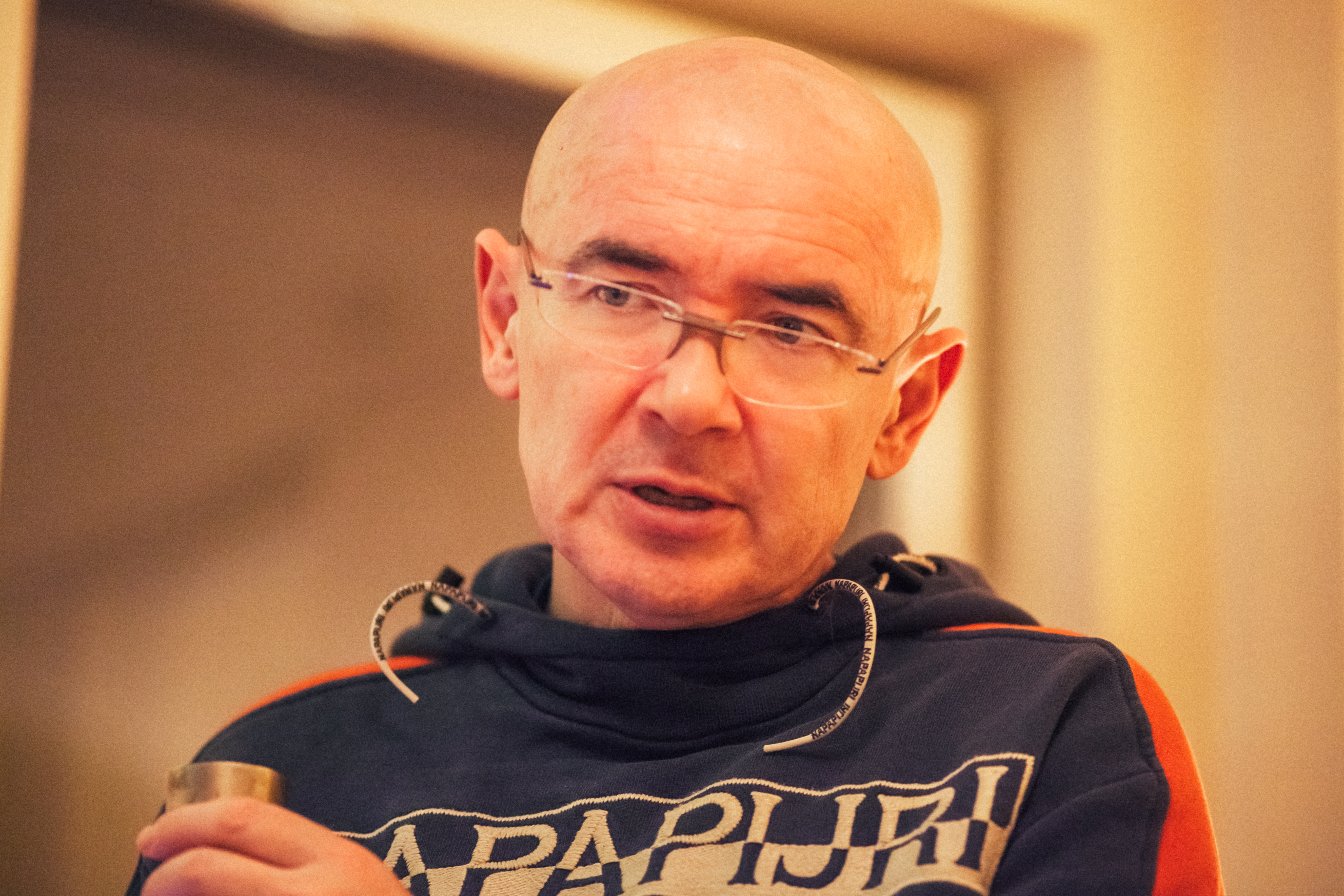
Ilya Savchuk
Digital Transformation Lead
"I always start with problems. If a company doesn't acknowledge its problems, it's pointless to do anything."
Professional Background
- Head of Customer Success & Strategy at Hepta Airborne (Estonia)
- Lead IT Business Analyst at Kuehne+Nagel (Switzerland)
- Head of Competence Program at SKOLKOVO Business School
- Senior Product Manager at Federal Grid Company
Key Achievements
- Led creation of digital twin prototype with €50M yearly impact
- Designed 50+ transformation programs for C-level executives
- Developed SAM solution saving 1.5% of annual IT budget
- Created digital transformation roadmap reducing operational costs by 12%
Cases
- How a €20M Innovation Engine Was Built by a Logistics Giant's IT Department
- How DTEK Rewired Its Business Model to Sell Transformation, Not Data
- How an Internal Licensing Tool Became a €5M/Year Enterprise Asset
- How an Energy Tech Startup Turned a 3-Year Struggle with OKRs into a Breakthrough
- How a Hardware Startup Rebooted the Industrial Revolution to Build the Future
Key Value Propositions
1. Strategic Problem Solving
- Uncovers systemic challenges using advanced methodologies like system thinking
- Defines measurable goals and scope for targeted change
- Transforms strategies using OKRs, Business Canvas, and Agile frameworks
2. Customer Success
- Builds customer success frameworks for long-term retention
- Creates scalable SaaS onboarding and integration processes
- Drives product adoption through data-driven insights
3. Digital Transformation
- Deploys innovative solutions including digital twins
- Integrates SaaS platforms with CRM, ERP, and HR systems
- Executes digital roadmaps aligned with business goals
4. Leadership Development
- Delivers executive education programs and coaching
- Creates workshops focused on operational excellence
- Applies Design Thinking, Lean, and Agile methodologies
5. Team Management
- Coordinates cross-functional teams for seamless execution
- Builds cultures of transparency and accountability
- Drives improvement through metrics-based evaluation
Work Philosophy
I always start with problems. For example, when I first came to a company K., I immediately said: "Guys, you've got big problems. You're number two, you're clearly lagging behind, and you're operating in a market segment that is turning into a commodity." This means fierce competition.
At that time, the company K. was one of the market leaders and actively growing. Now, though, they're massively downsizing divisions one after another. Everything is happening exactly as I predicted: they're being pushed out by more agile and digital players who can build supply chains that are far more flexible thanks to technology.
Why Start with Problems
If a company doesn't acknowledge its problems, it's pointless to do anything.
For a company to recognize its problem, it needs to realize:
- Current methods of doing business no longer work.
- This applies to any area: production, management, client interactions, internal processes.
If a company says, "Everything's fine, just help improve the processes," it won't work. Only if the problem is acknowledged, then you can move forward and figure out where it really lies.
Why the Real Problem Is Hidden
Often, the real problem isn't where the "sparks are flying." It's usually either higher or lower in the chain. It has to be uncovered. Here, I use approaches from the Russian school of philosophy, particularly the work of Georgy Shchedrovitsky, creator of the system-thinking methodology.
Framework 1: The Development Step
Define the delta of change:
- The step of change shouldn't be too big, or you'll lack resources, competencies, or time.
- Consider time windows—they're not infinite.
Set the system boundaries:
- Understand which system you're changing.
- Define the success parameters and how they'll be measured.
If the boundaries aren't set, it creates the illusion that everything needs to be changed. But changing everything is impossible. You can change one piece, which then triggers changes elsewhere.
Framework 2: The Two Boxes
Box 1: The company's activity that we're changing.
Box 2: Those impacted by the results of Box 1's activity.
Each box has its components:
- What is produced (outcome).
- What is sold (product).
- What is paid for (value proposition).
These three concepts are different. For instance, I may pay for a subscription, purchase storage space for code, but in reality, I'm being sold a cloud service.
Example with Ore: Getting to the Core
When I was analyzing ore enrichment, we uncovered a technological limitation:
- The grain size of the ore couldn't be reduced further without breaking the physics of the enrichment process.
- Instead of discussing operational processes, we had to shift to fundamentally rethinking the chemical process.
Three-Part Model of Activity
1. Organizational aspect
- Related to people's actions around the system.
2. Technological aspect
- Processes, algorithms, equipment.
3. Entrepreneurial aspect
- The value-driven component that keeps everything focused on results.
These parts are connected by an "institutional lid":
- Within the company, it's the board of directors.
- At the market level, it's infrastructures (both soft and hard).
Key Takeaways
1. Change isn't about improving quality by 3% or developing a slightly better product. It's about reaching a fundamentally new level that reshapes the market.
2. The step of change depends on the scale of the system.
3. Within a system, you need to analyze subsystems: digging deep enough to find the root problem but not so deep as to get lost.
4. Every system consists of organizational, technological, and entrepreneurial parts, governed by an institutional framework.